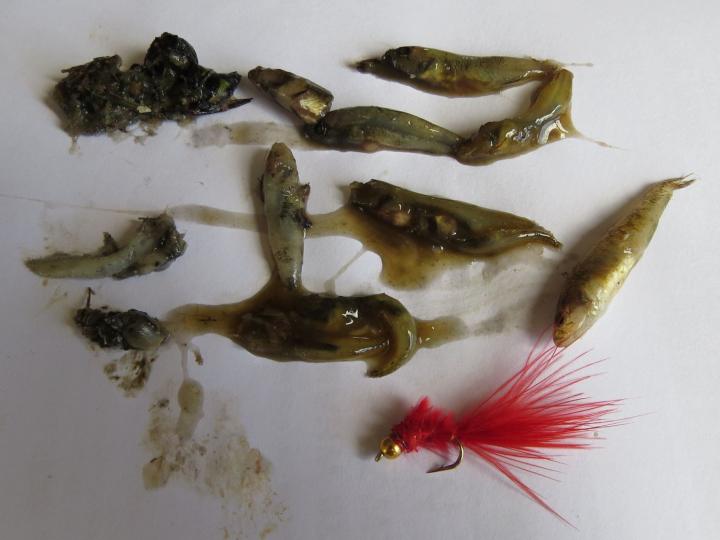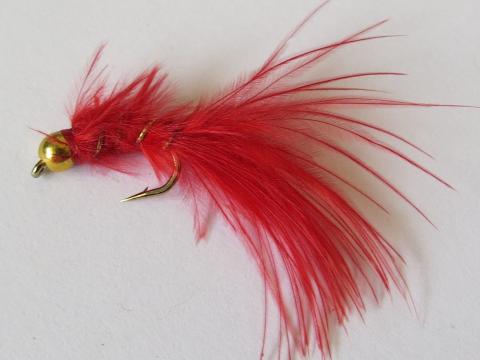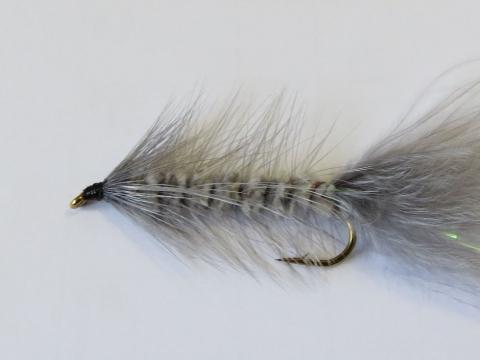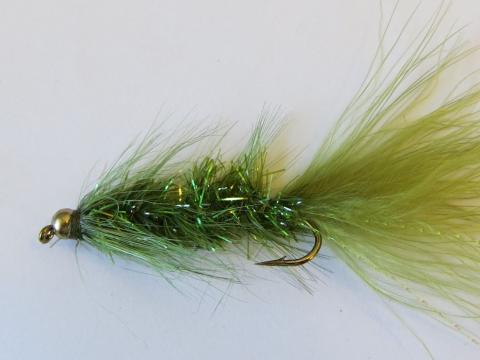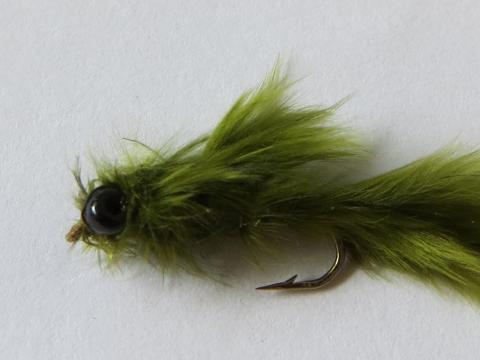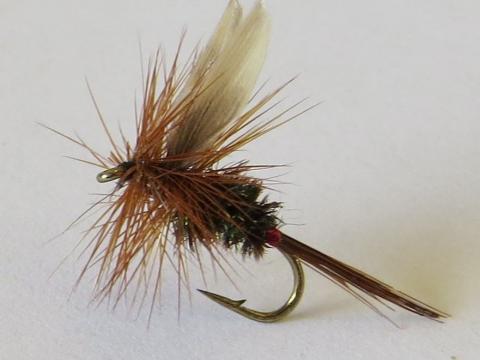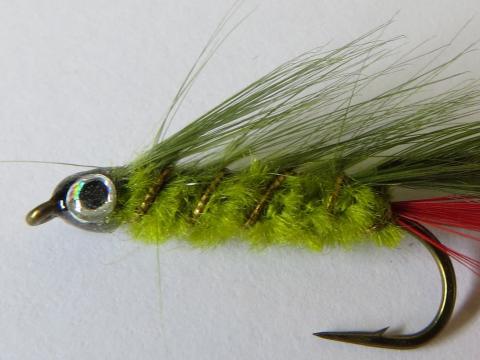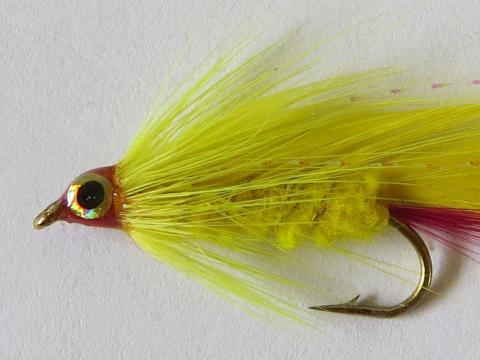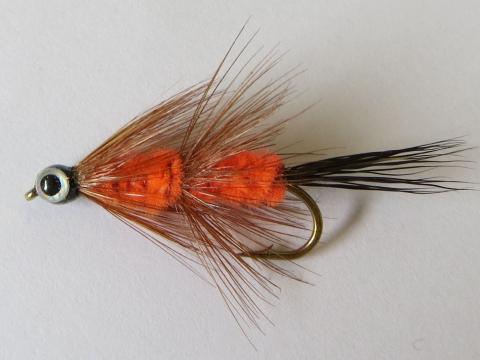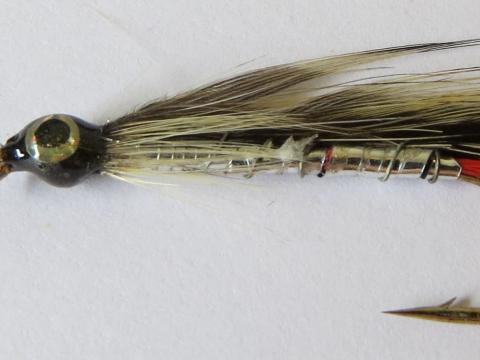It was 11 January and we made our way to the river leading into Lake Matahina around 3:30 PM. It was hot in the full sun. Dan was armed with a deer hair cicada. We brought along a couple of beers and made our way down river. Dan raised a couple of fish but that was about it.
The wind was howling from the north as we approached the open lake. We delayed facing the wind and fished sheltered areas. When it eased we made our way down the lake. I got the first fish, a hard-fighting brown on a bead head bloodworm. At this point there were a few rising and Dan was into another fine brown moments later on a grey woolly bugger.
We fished the edge all the way back to the dam into darkness and caught nothing else.
Two days later we did exactly the same stretch but this time we were fishing by 6 AM. Dan used old faithful, a bead head krystal olive bugger. He was having trouble rolling out his casts so I took his rod to demonstrate. I caught the first trout of the day on his rod. I had not put mine together yet.
I spotted some risers in the middle so put my rod together and tied on a red tipped governor dry fly. It was open water and calm so I put a decent length of five pound mono tippet on. It worked after a few tries and a nice rainbow was landed. Within an hour or so we doubled our catch from two days before.
A southerly came up and we pretty much went fish for fish right down the lake as we were blown along. An olive marabou damsel nymph was next for me after I failed with a water boatman.
Then I started using epoxy eyed jigging smelt. They are not just for jigging as you will see in the video. I broke off the first two on a red setter jigging smelt and a Jack spratt jigging smelt, respectively. Yeah, I still had on the five pound mono tippet from earlier. That is fine for a trout sipping a dry fly but these strikes come hard and fast. You need at least six pound fluorocarbon for this kind of work. Fluorocarbon is so much stronger than monofilament. They say you should not use it dry fly fishing but I disagree in most cases.
I put on six pound fluorocarbon then landed fish on a green orbit jigging smelt then a yellow lady jigging smelt. Anything that looked remotely like a gambusia (mosquito fish) was going to catch a trout that day.
Bottom line is we (I) knocked off another half dozen patterns.
We killed the brown from the first day and its gut was full of these mosquito fish. They are like guppies if that helps. There was also one cicada in his gut. The photo is attached. Note the bh bloodworm fits the description of these little fish.
The other main difference in conditions was wind direction. I can't help but think that in the summer heat the water is warmest in the evening and coolest first thing in the morning. The conclusion is to get your ass out of bed and fish early in the summer.
Definitely one thing I want to point out when moving and casting is to envision where a fish may be. I reckon 90% of the challenge is getting a fish to see your offering. Watching the video I noticed I am missing strikes while I am looking for the next spot to cast to. In this video I hooked two fish while looking for the next spot. Those were lucky as you usually need to see when to strike.
I must sign off. It has been a busy time and I still have Steve's cicada video to make. And I am fishing with Larry today (21 January). Tight lines.
